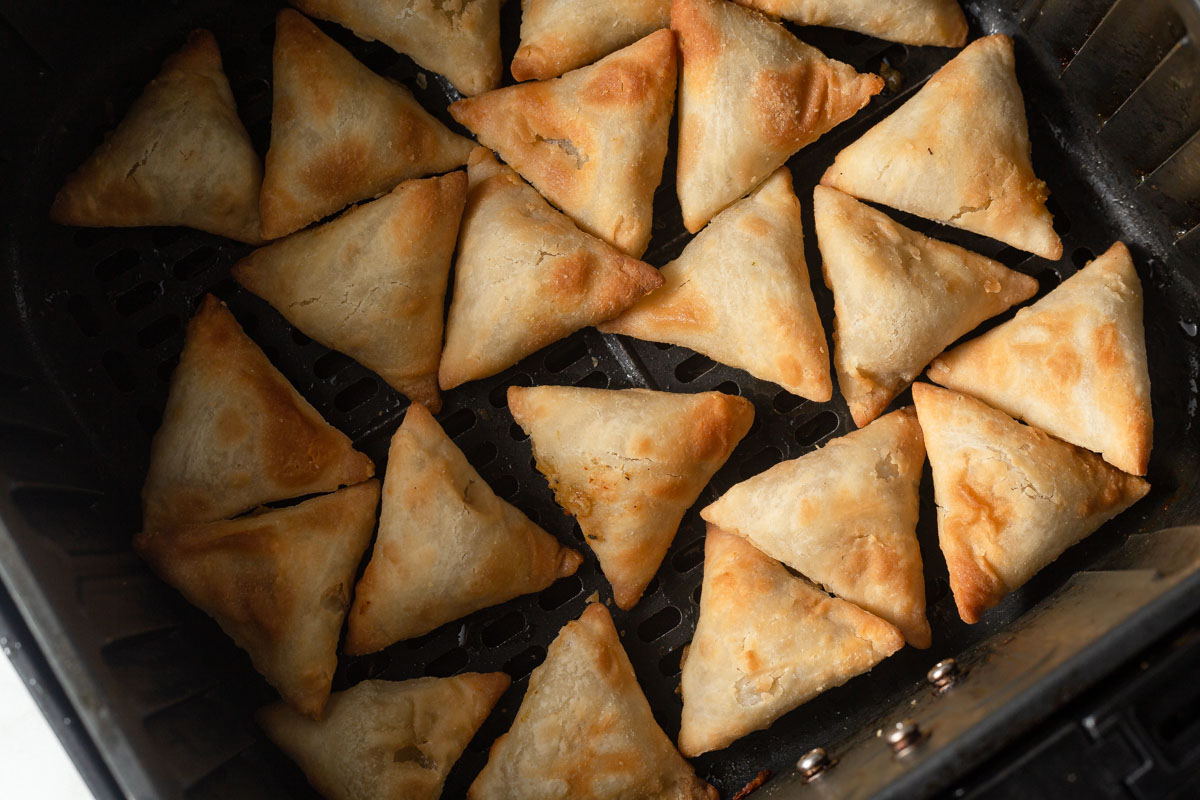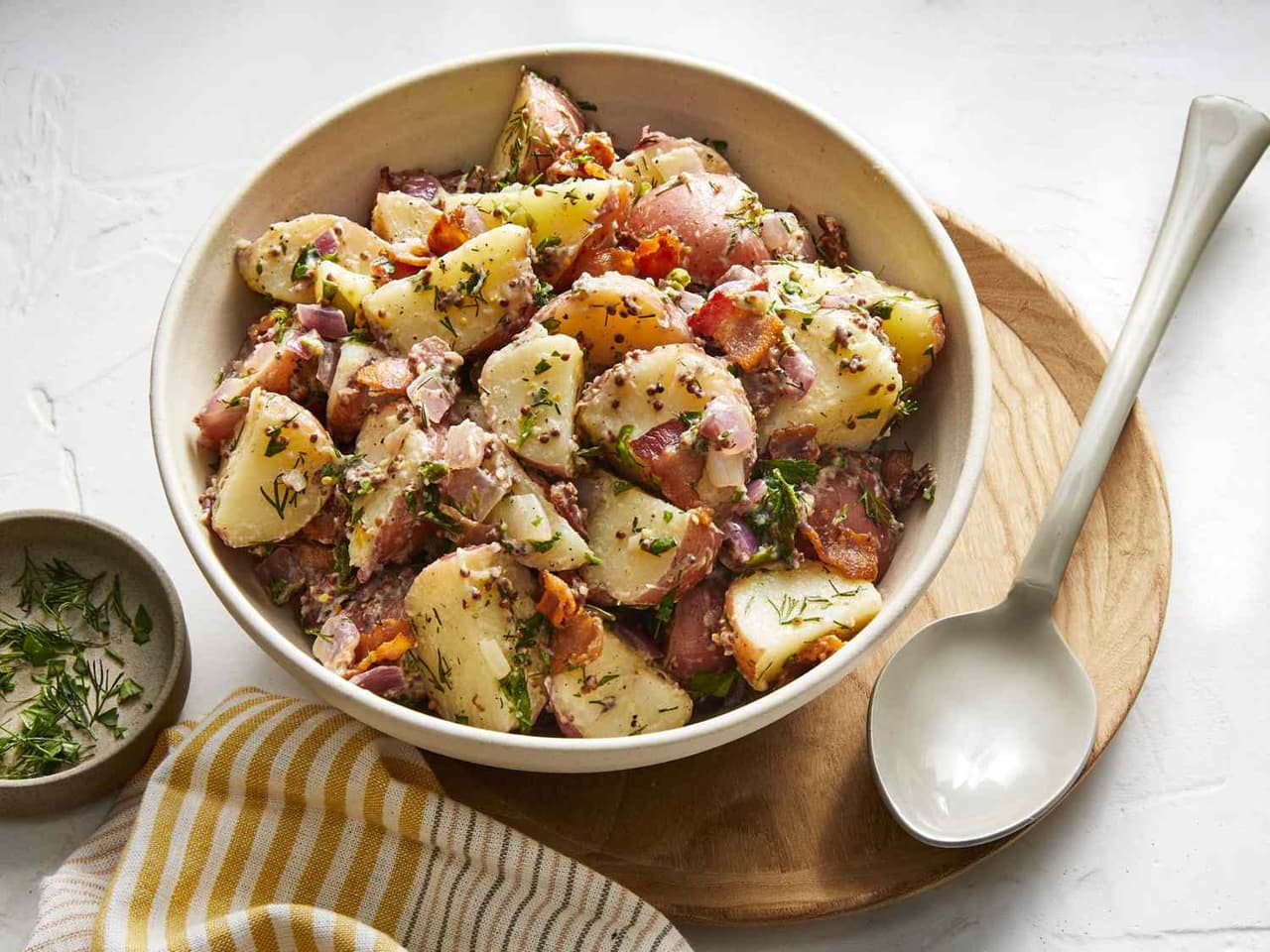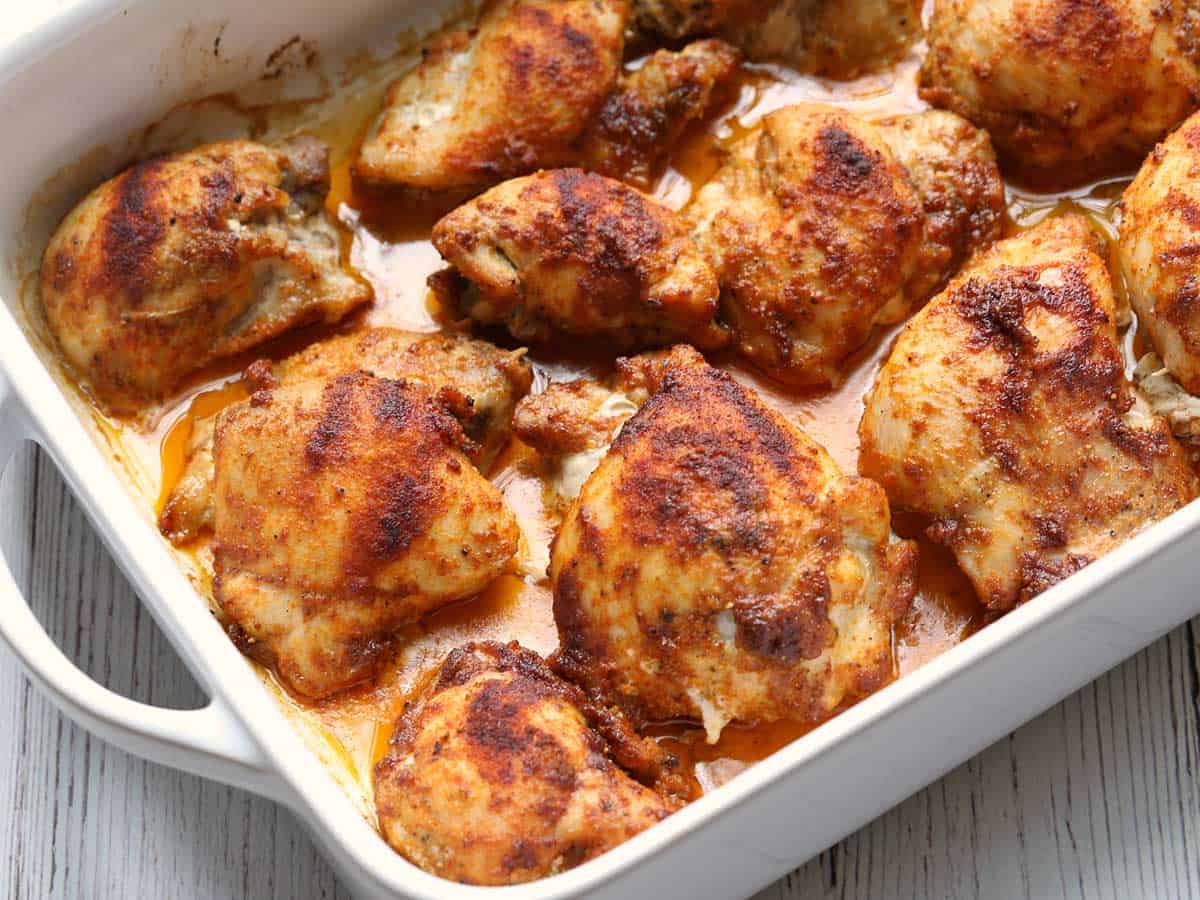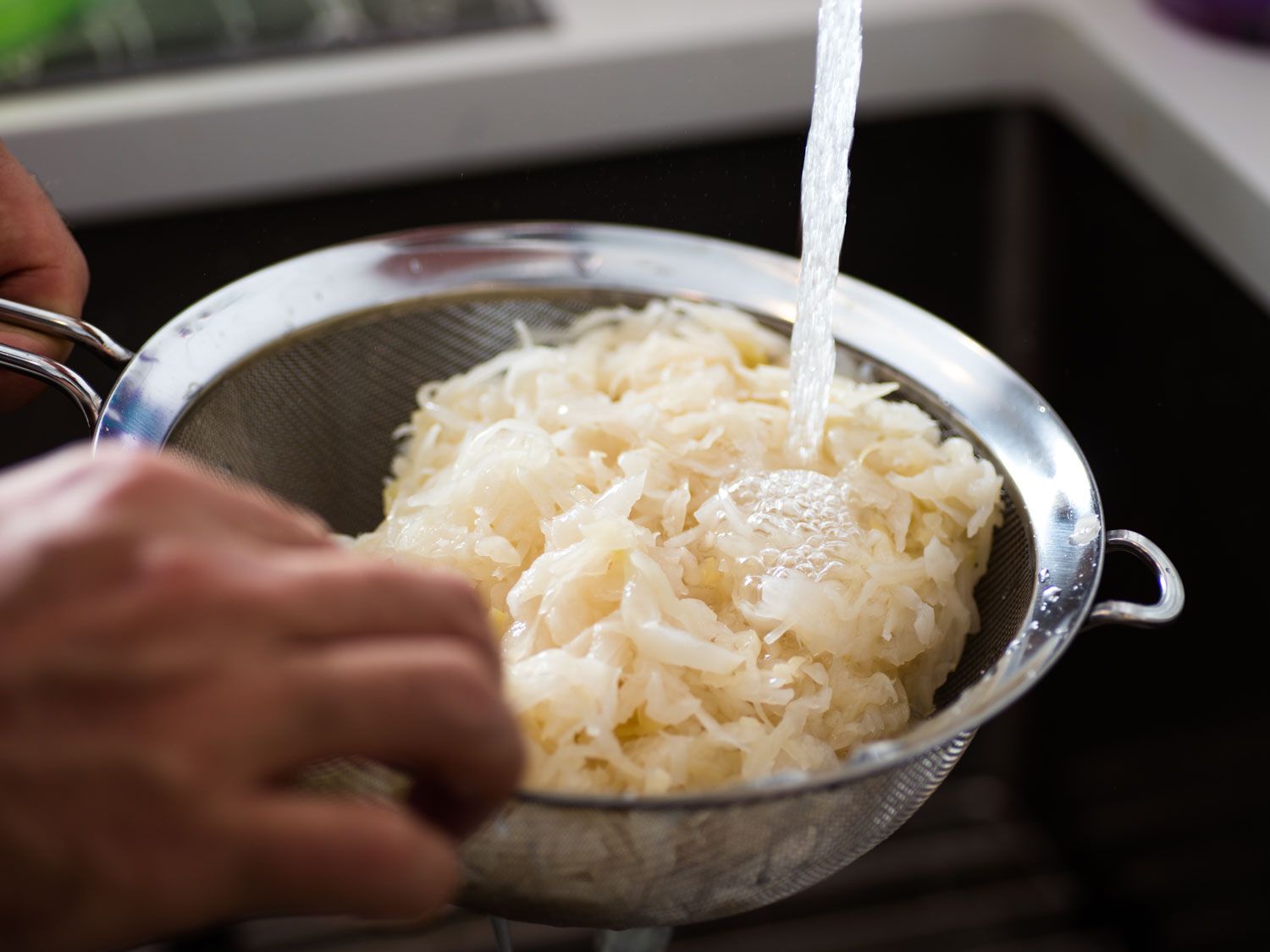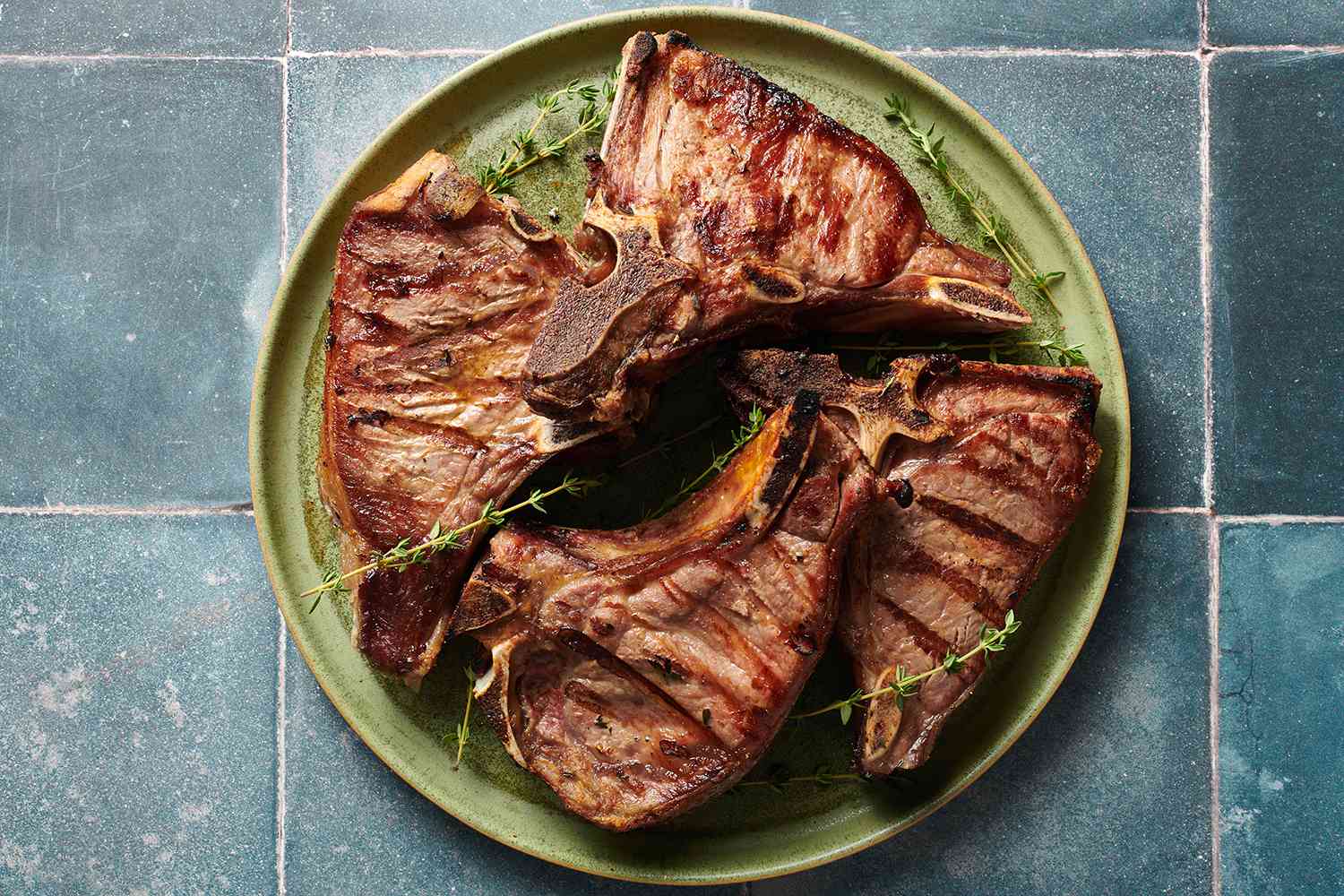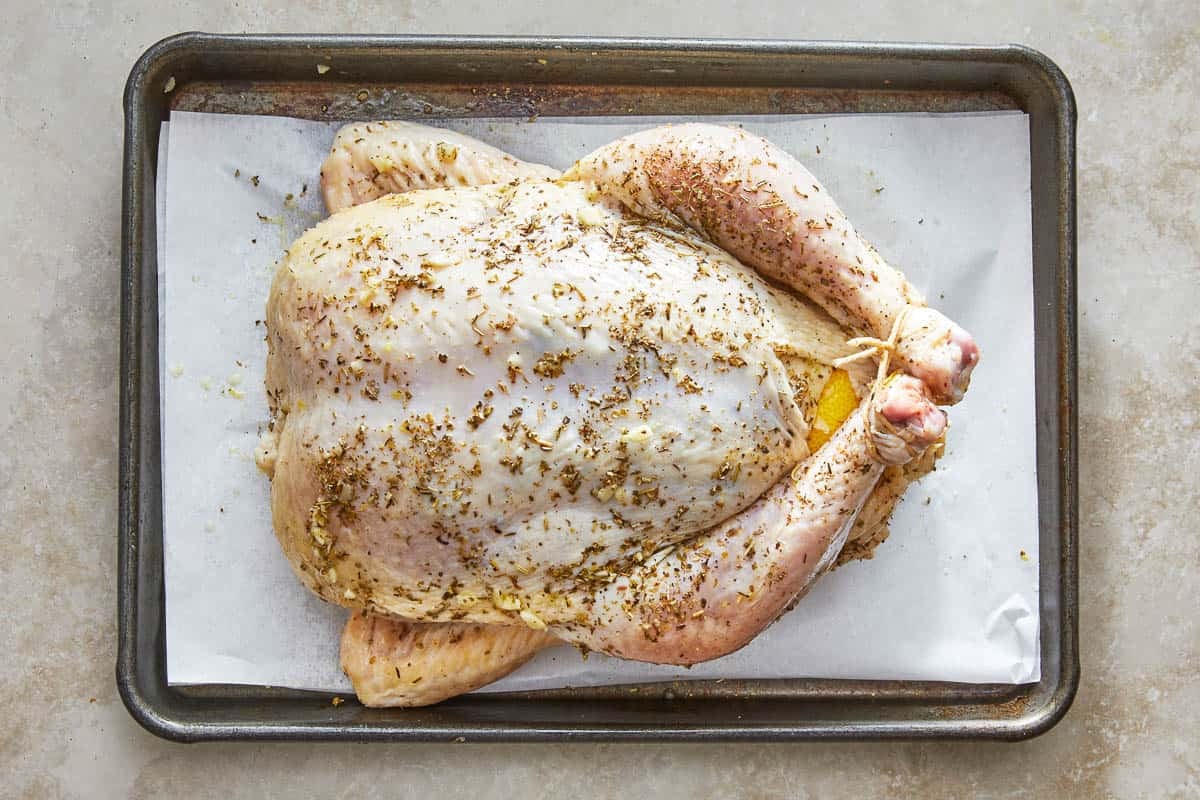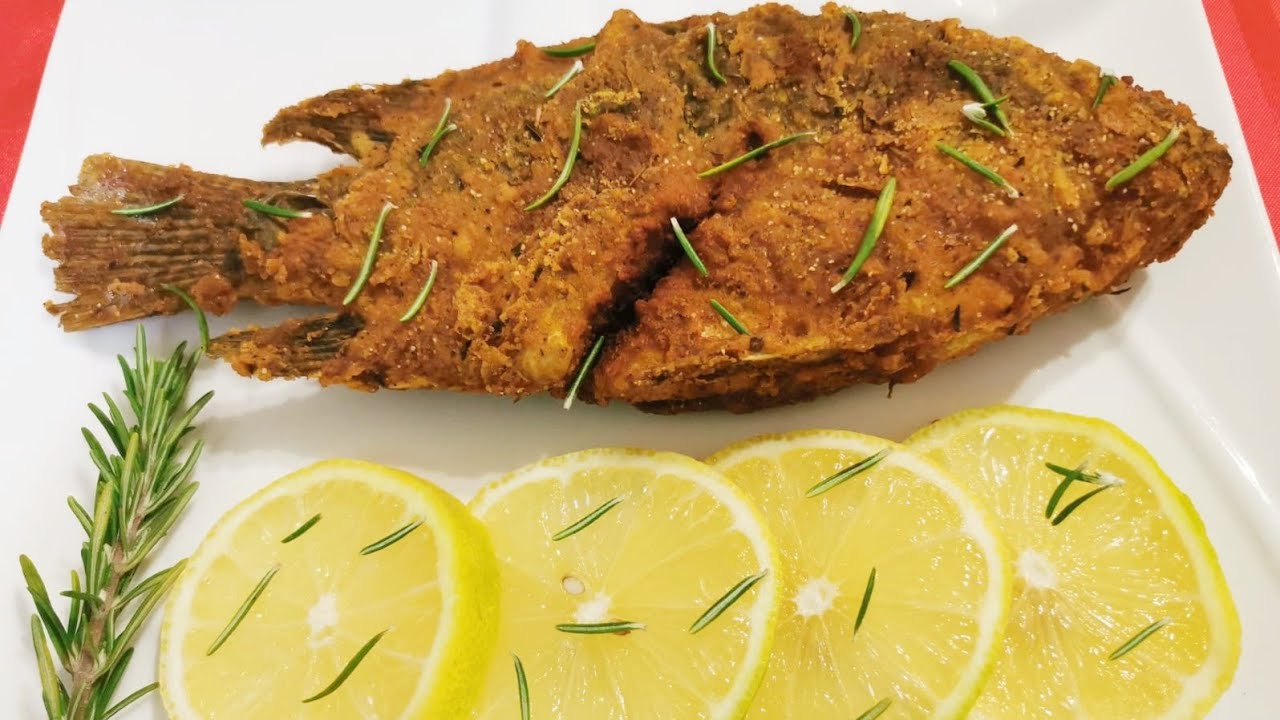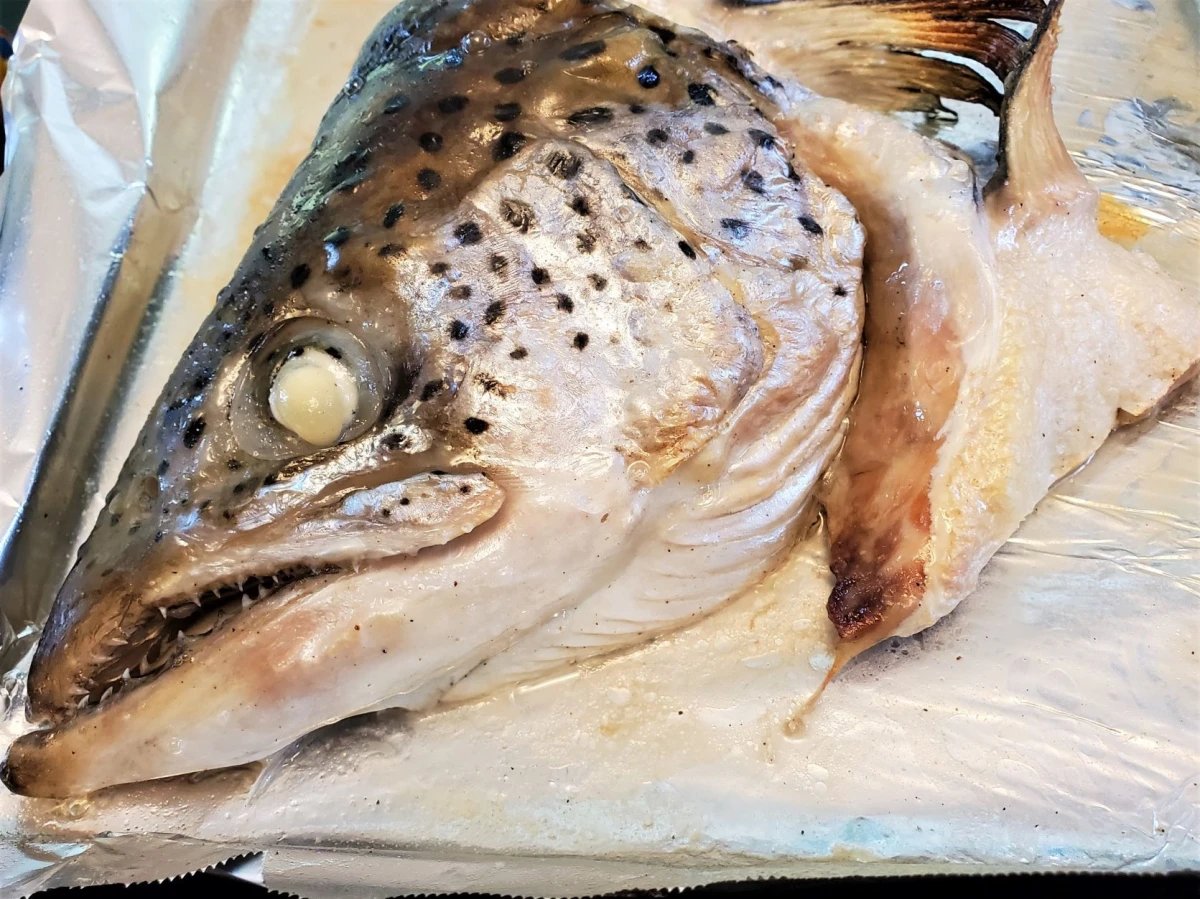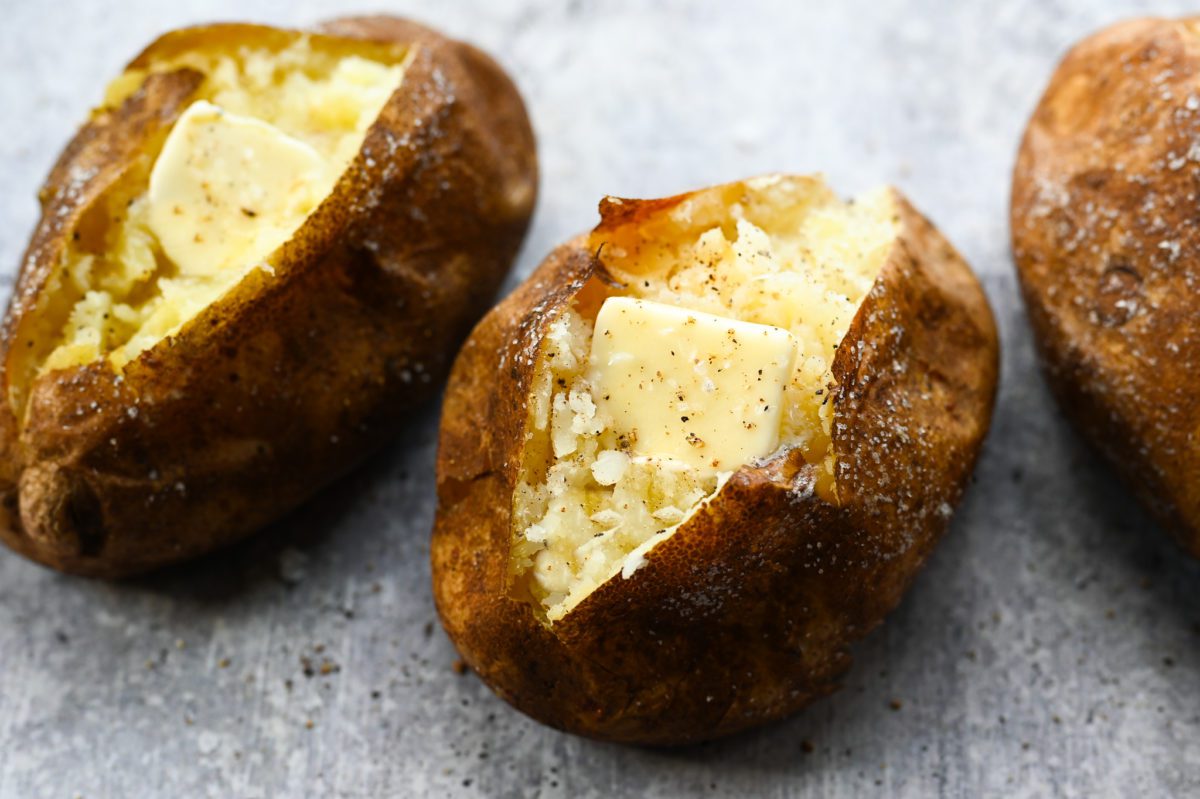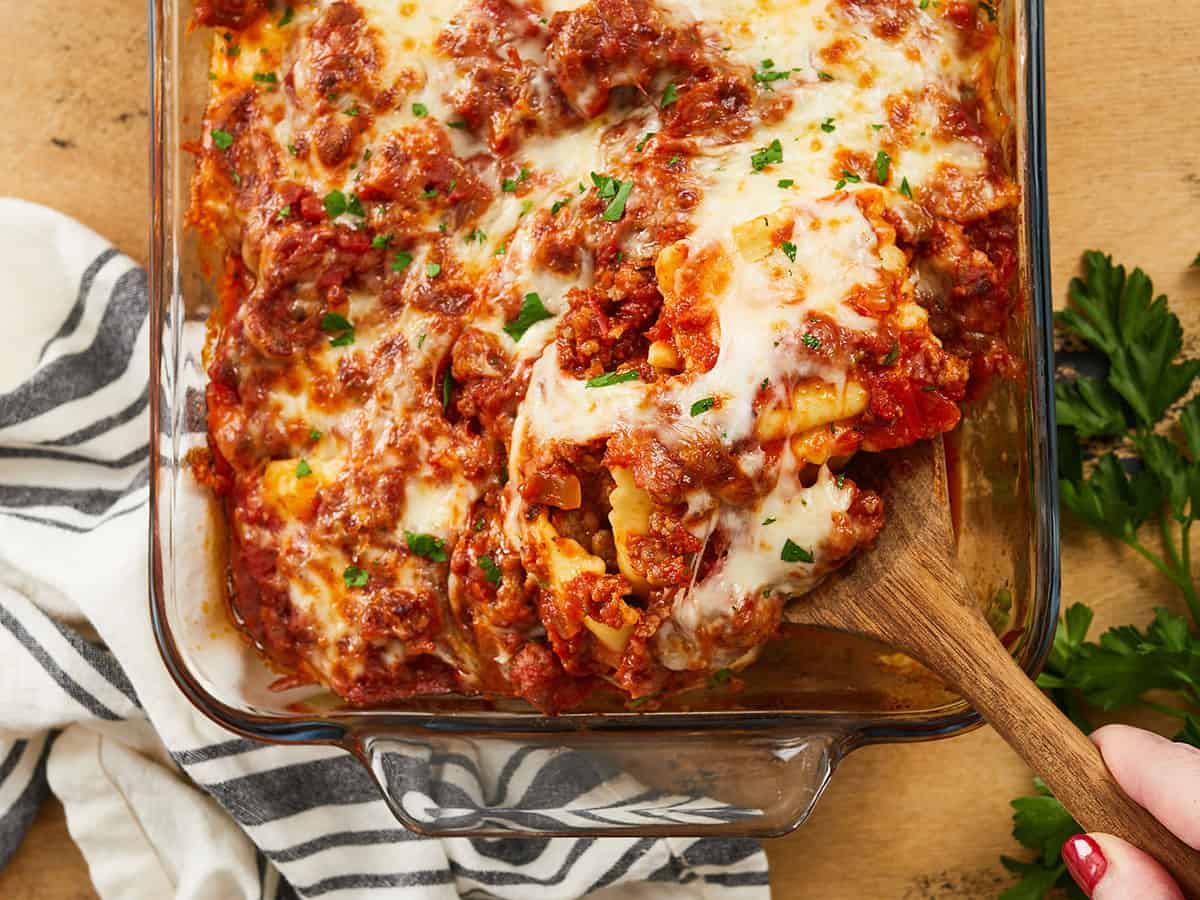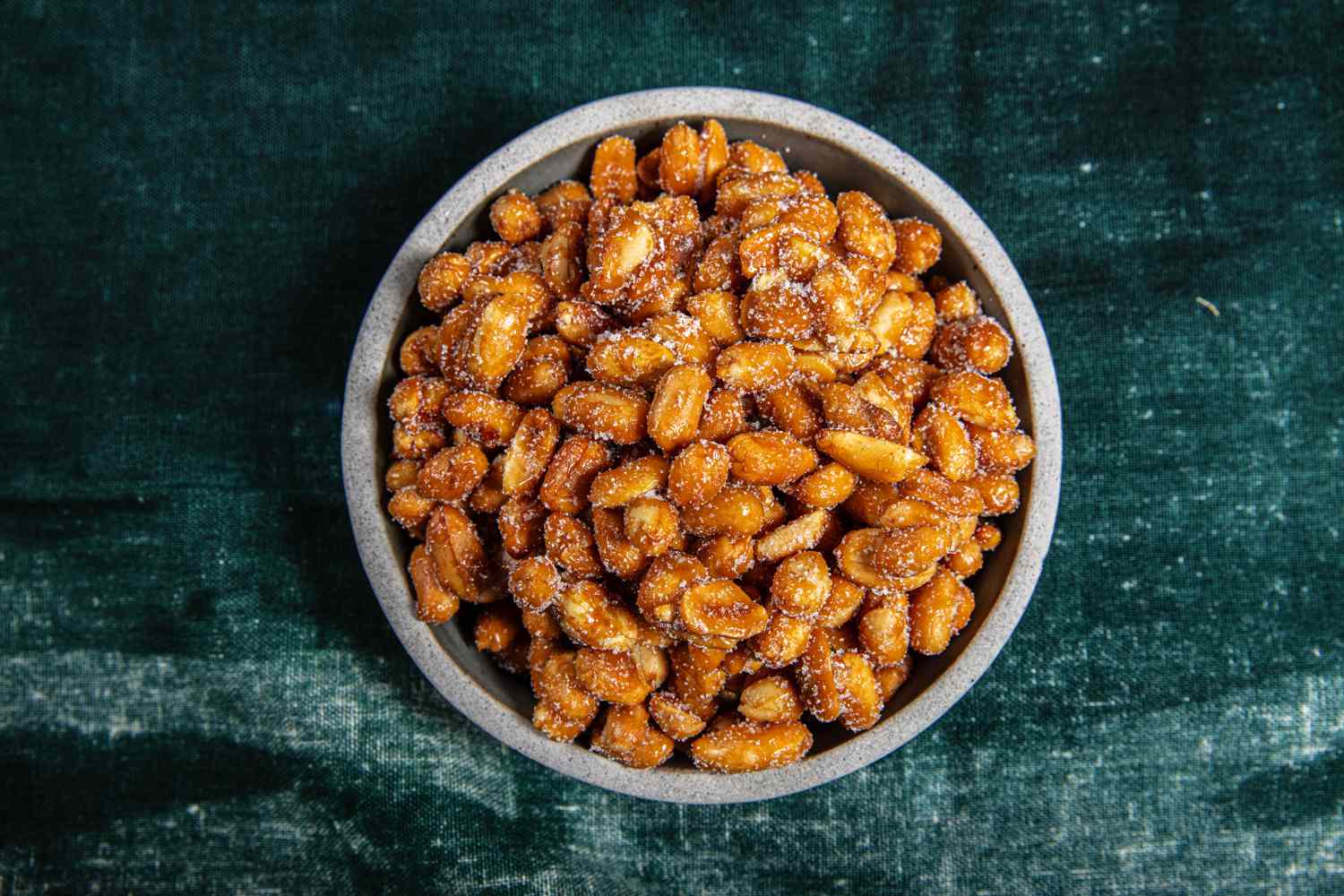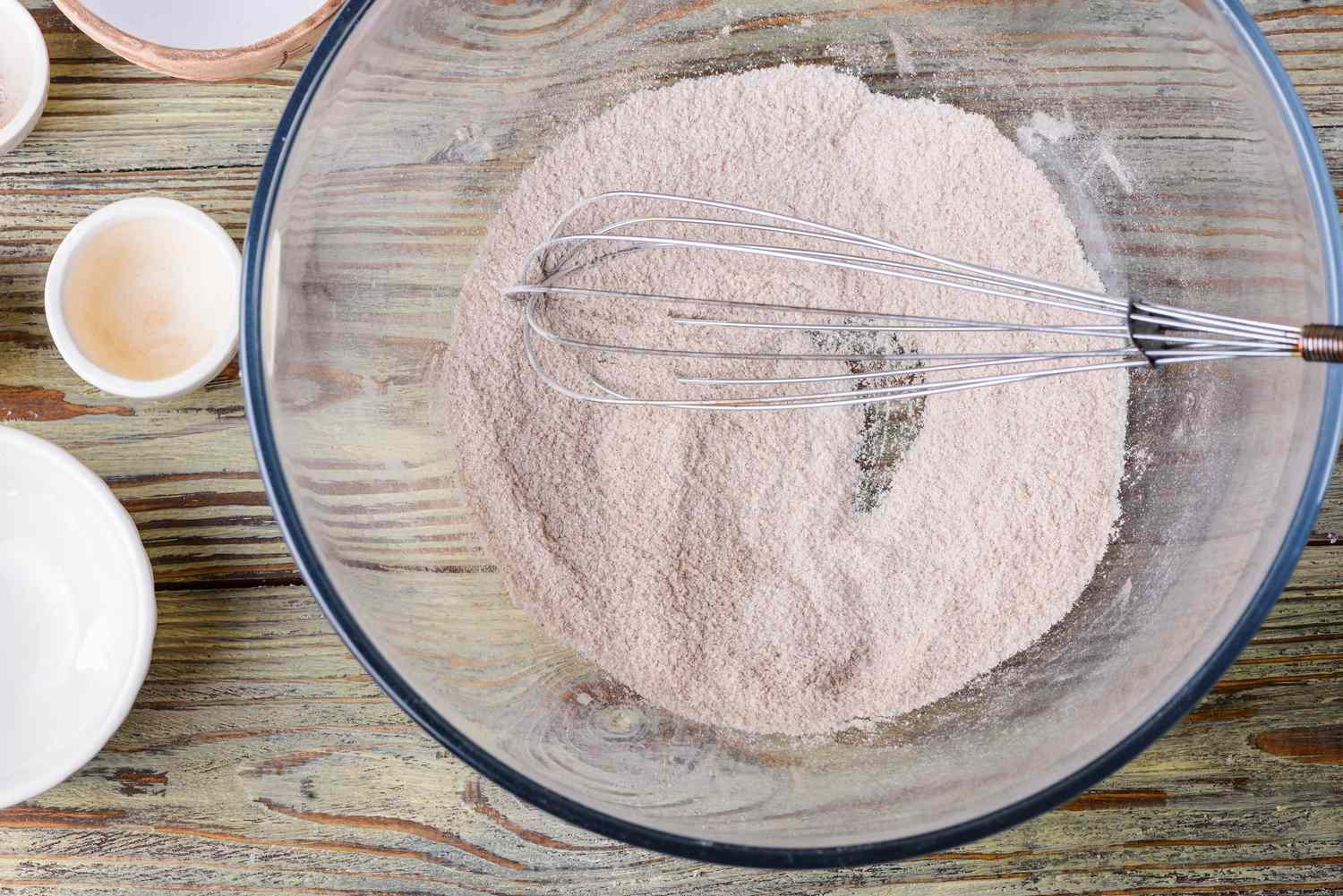Delicious and Nutritious: Baking Wild-Caught Alaskan Salmon Fillets
Salmon is a delicious and nutritious fish that is packed with omega-3 fatty acids and protein. Baking wild-caught Alaskan salmon fillets is a simple and healthy way to enjoy this flavorful fish. Whether you are a seasoned chef or a beginner in the kitchen, baking salmon fillets is a quick and easy process that yields impressive results.
Choosing the Perfect Salmon Fillets
When it comes to baking salmon, it’s important to start with high-quality wild-caught Alaskan salmon fillets. Look for fillets that are firm to the touch, with a vibrant pink or orange color. The flesh should be moist and have a fresh, ocean-like scent. Wild-caught Alaskan salmon is known for its superior flavor and texture, making it an excellent choice for baking.
Preparing the Salmon Fillets
Before baking, it’s essential to properly prepare the salmon fillets. Start by preheating your oven to 375°F (190°C). While the oven is heating up, place the salmon fillets on a parchment-lined baking sheet. Season the fillets with salt, pepper, and a drizzle of olive oil to enhance the natural flavors of the fish. For added zest, you can also sprinkle on some fresh lemon juice and chopped herbs such as dill or parsley.
The Baking Process
Once the salmon fillets are seasoned and ready to go, it’s time to bake them to perfection. Place the baking sheet in the preheated oven and bake the fillets for 12-15 minutes, or until the flesh is opaque and easily flakes with a fork. Be careful not to overcook the salmon, as it can become dry and lose its delicate texture.
Serving Suggestions
When the salmon fillets are done baking, remove them from the oven and let them rest for a few minutes before serving. This allows the juices to redistribute, ensuring a moist and flavorful bite every time. Wild-caught Alaskan salmon fillets pair well with a variety of side dishes, including:
- Steamed vegetables, such as asparagus or green beans
- Quinoa or wild rice
- A fresh green salad with a tangy vinaigrette
- Roasted potatoes or sweet potato fries
Health Benefits of Wild-Caught Alaskan Salmon
Baking wild-caught Alaskan salmon fillets not only results in a delicious meal, but it also provides numerous health benefits. Salmon is rich in omega-3 fatty acids, which are essential for heart health and brain function. Additionally, salmon is a great source of protein, vitamins, and minerals, making it a nutritious choice for any meal.
Next time you’re in the mood for a healthy and flavorful dish, consider baking wild-caught Alaskan salmon fillets. With just a few simple ingredients and a hot oven, you can enjoy a restaurant-quality meal in the comfort of your own home.
So, go ahead and pick up some fresh wild-caught Alaskan salmon fillets, preheat your oven, and get ready to impress your taste buds with this delectable and nutritious fish!
Was this page helpful?
Read Next: How To Bake Homemade Cupcakes
